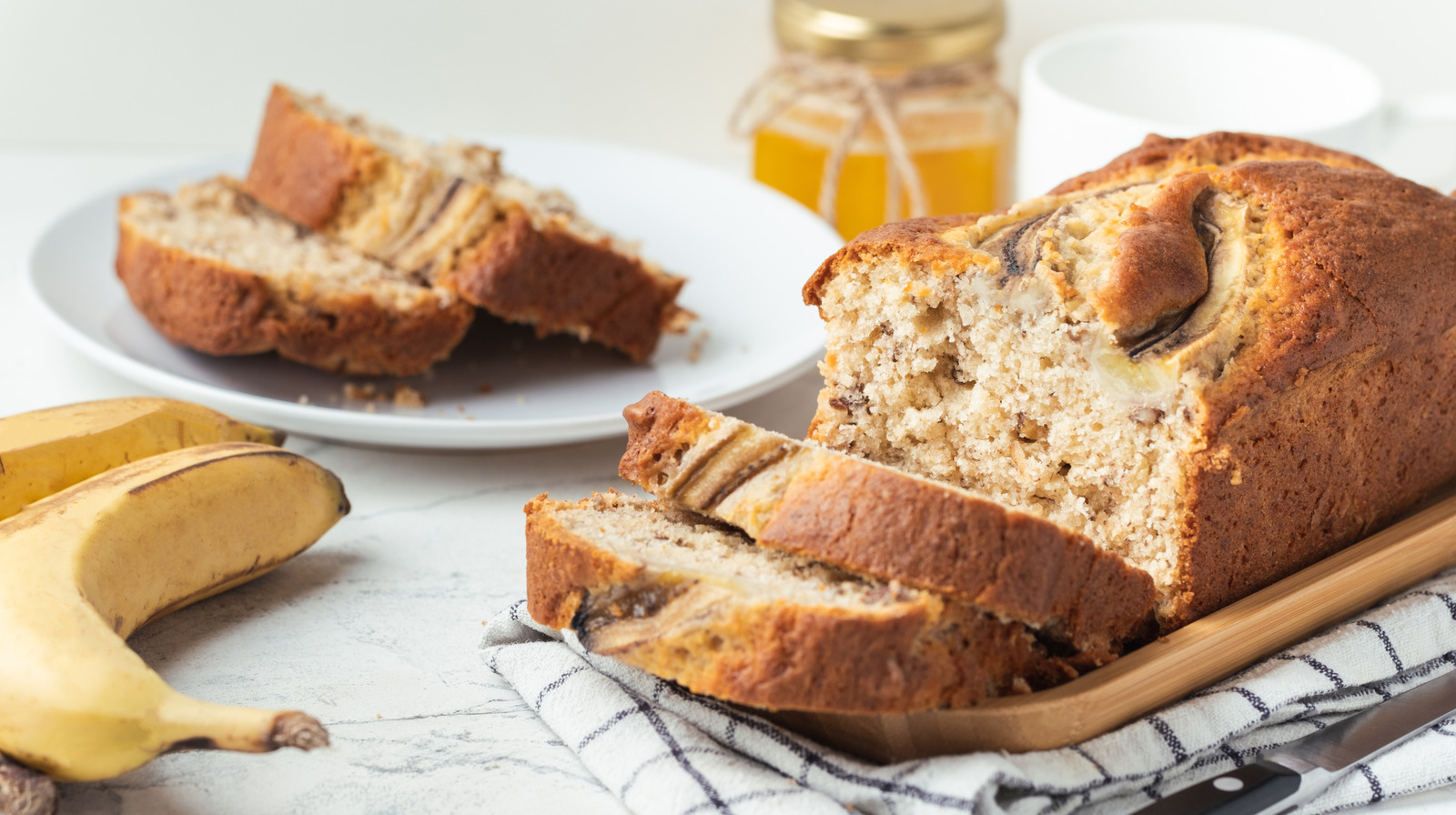
""Whenever you use an acid (it could be a weak acid like buttermilk or a strong acid like vinegar), you're impeding the gluten proteins in the flour from forming bonds," Kanell told us. The result? A "more tender, cakey baked good." He adds that vinegar isn't the only acid that gives this effect, as buttermilk and lemon juice can do the same."
"While vinegar (and other acids) can be the key to a moister banana bread, too much of a good thing can actually be a bad thing. Kanell cautions that bakers should be careful of adding "too much [acid] because then things can fall apart." So make sure to use a light hand or else you might end up with a crumbly mess."
Acids such as vinegar, buttermilk, or lemon juice inhibit gluten proteins in flour from forming strong bonds, producing a more tender, cakey texture in banana bread. The acidity reacts with baking soda during baking to create tiny air bubbles that help the loaf rise and remain moist. Any vinegar flavor dissipates during baking, leaving soft, fluffy results. Excess acid can weaken structure and cause crumbly loaves, so use small amounts. Additional pitfalls include overmixing the batter, which can also develop gluten and toughen the crumb.
Read at Tasting Table
Unable to calculate read time
Collection
[
|
...
]